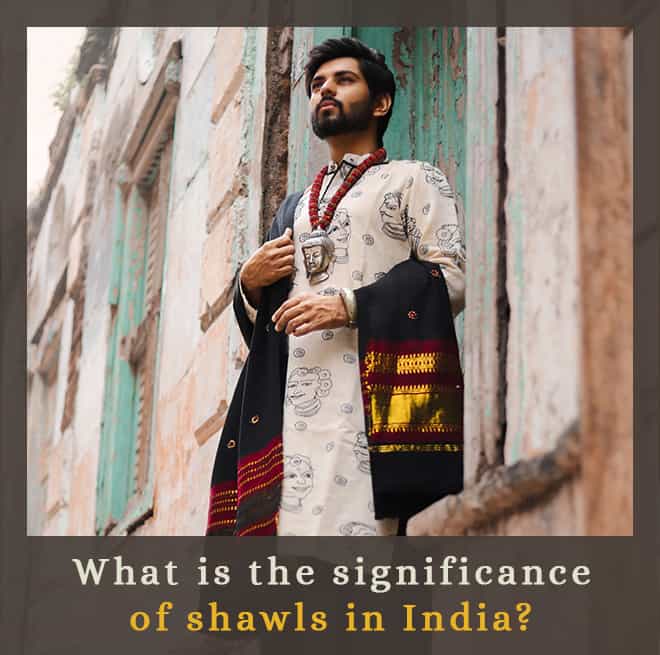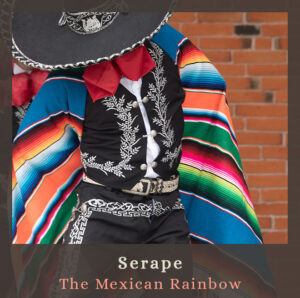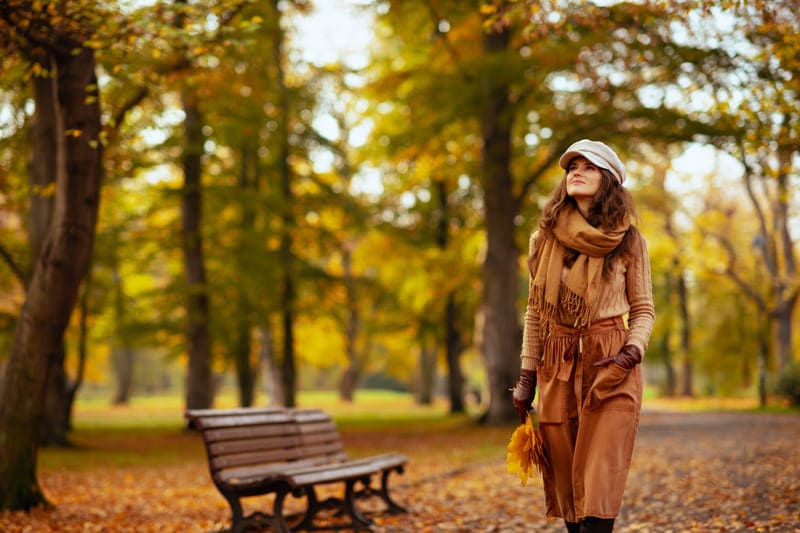If you have ever visited India, you can’t help but notice that shawls, in one form or another, are everywhere! Why is it so? And what is so special about this garment for Indians?
Let’s dive in!
Indian Pride
Indian shawls have long been celebrated as an emblem of India’s rich cultural heritage and artistry, earning worldwide acclaim and admiration. These exquisite pieces of craftsmanship are not only a testament to the skills of Indian weavers but also serve as a representation of the country’s diverse regional textile traditions. Renowned for their intricate designs and luxurious materials such as Pashmina, wool, and silk, Indian shawls have captured the hearts of fashion connoisseurs and art collectors alike.
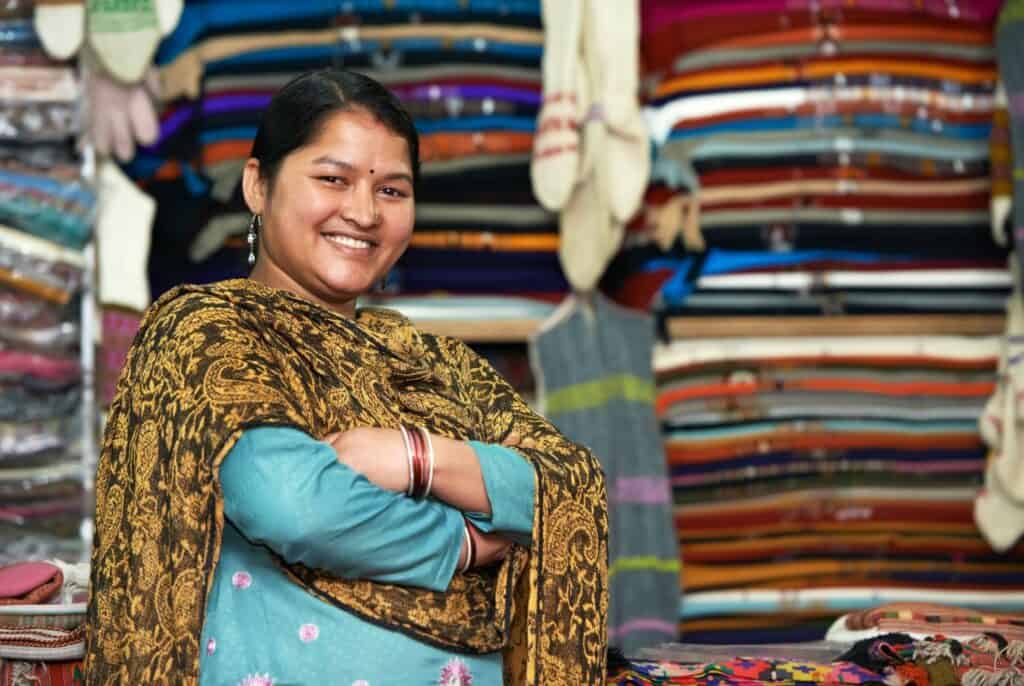
The timeless elegance of the Jamawar shawls, the warmth and unparalleled softness of the Pashmina, and the vibrant colors and patterns of the amazing Kani shawls, all contribute to the global appeal of these textiles. Indian shawls have become synonymous with sophistication and style, transcending geographical boundaries and earning their rightful place as a symbol of India’s pride on the world stage.
Indian Tradition
Shawls and dupattas (which is a very close neighbor to the shawl) hold a significant place in the traditional Indian attire for both women and men, reflecting the country’s rich cultural heritage, diversity, and uniqueness.
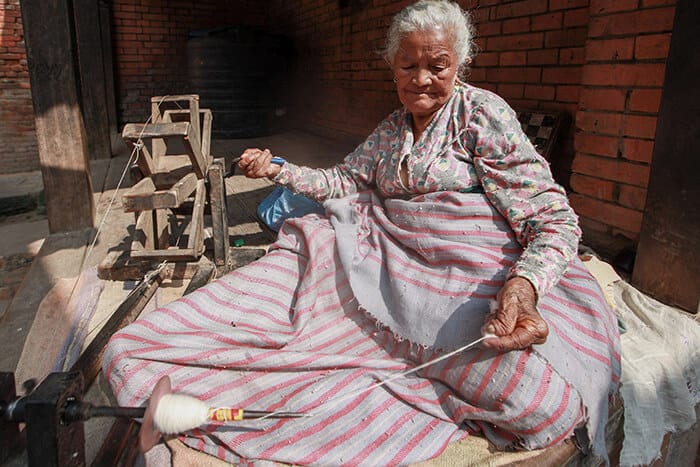
For women, the dupatta is a versatile piece of fabric that is gracefully draped over the shoulders or head, complementing ethnic outfits such as the salwar kameez, lehenga, or saree. The dupatta adds an elegant touch to the ensemble, enhancing the overall aesthetic and often showcasing intricate embroidery or handwoven designs. In (slight) contrast, shawls are embraced by both genders and provide warmth and comfort during colder months or at formal occasions. Men traditionally drape shawls over their kurta or sherwani, showcasing a majestic and noble appearance.
Adjusting to modern times, beautifully
Even in contemporary times, as Western fashion trends make their impact on India, shawls and dupattas continue to hold their relevance, seamlessly blending with and enhancing modern outfits. It is quite common in India to see these traditional garments effortlessly beautifying the common jeans and t-shirt look, providing a unique fusion of cultures and styles, east and west.
By incorporating shawls or dupattas with contemporary attire, you can create a distinctive look that pays homage to the rich Indian heritage while embracing global fashion trends. This adaptability and versatility of shawls and dupattas have solidified their place as an integral component of India’s fashion identity, resonating with both traditional and modern ways.
Indian Weddings
The shawl, an integral component of Indian weddings, plays a multifaceted role that goes beyond mere aesthetics. Steeped in rich cultural significance and symbolism, the shawl serves as a physical embodiment of tradition, protection, and blessings.
Worn by both brides and grooms, it often features intricate embroidery, splendid designs, and vibrant colors, showcasing the exquisite craftsmanship of regional artisans.
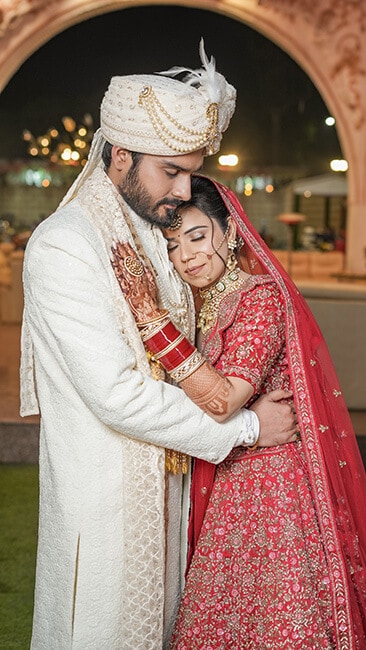
In many ceremonies, the shawl is used to create a physical connection between the couple, with the groom’s shawl being tied to the bride’s dress or shawl, symbolizing the eternal bond they are forging. This custom is known as ‘Granthibandan’.
Furthermore, shawls are often draped over the bride and groom by elders as a gesture of love, warmth, and blessings for a prosperous married life. The versatility of the shawl in Indian weddings not only enhances the visual splendor of these joyous occasions but also acts as a tangible link between generations, fostering continuity and preserving cultural heritage.
Traditional Gift
In India, the tradition of giving a shawl as a gift serves various purposes, including demonstrating respect, expressing gratitude, conveying love, strengthening friendship, and more.
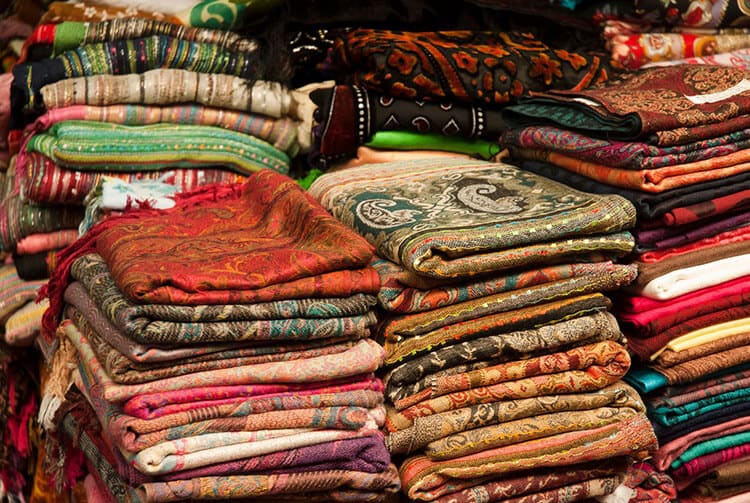
Shawls are often used to symbolize warm hospitality, specifically when welcoming visitors into one’s home or honoring VIPs and dignitaries at special events. The rich Indian heritage and cultural significance of shawls make them an ideal choice for acknowledging dear ones or respected individuals.
Additionally, within Tibetan Buddhist temples (that are most common in North and Northeast India), devotees commonly seek blessings by asking monks to bestow a “khata” or ceremonial scarf upon them. This sacred shawl represents goodwill, compassion, and a sincere wish for happiness and prosperity.
Winter Work & Hobby for Rural Indians
As Westerners who lived in North India for over a year and a half, we had the privilege to witness firsthand the extraordinary culture and lifestyle of the local women. We resided in the Kullu district, an area renowned for its distinctive winter shawls.
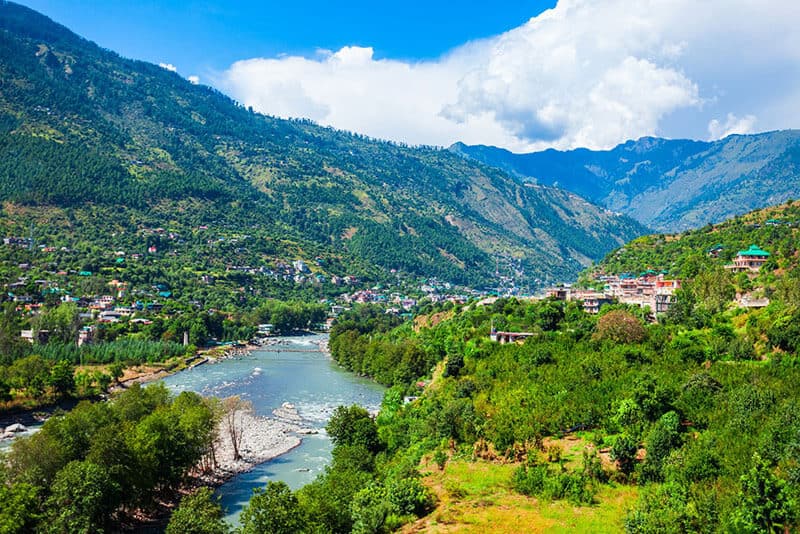
In North India, a significant portion of women’s livelihood revolves around agricultural work, tending to their sheep, goats, and cows. However, during the winter months, heavy snowfall blankets the landscape, making it difficult to carry on with their regular outdoor activities. This seasonal shift brings about a remarkable transformation in their daily routines.
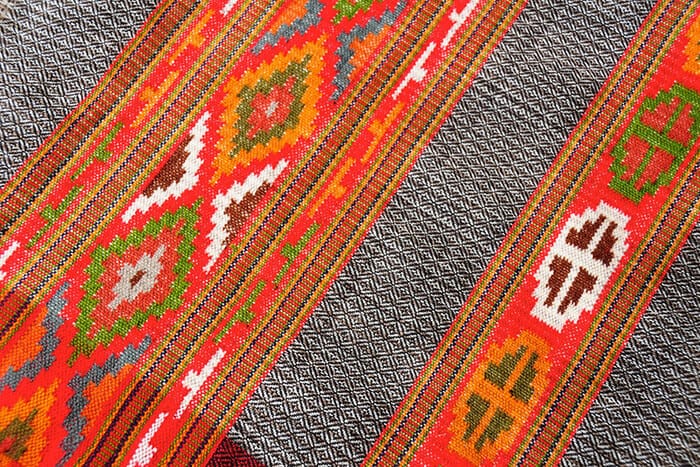
With the arrival of winter, the majority of women in the region turn their attention to the skilled art of making shawls. They create these beautiful garments by hand-knitting or using traditional wooden handlooms, which, despite the technological revolution, remain prevalent in the area. This seasonal work not only provides them with a source of income but also allows them to preserve their rich cultural heritage through the intricate craftsmanship of these unique shawls.
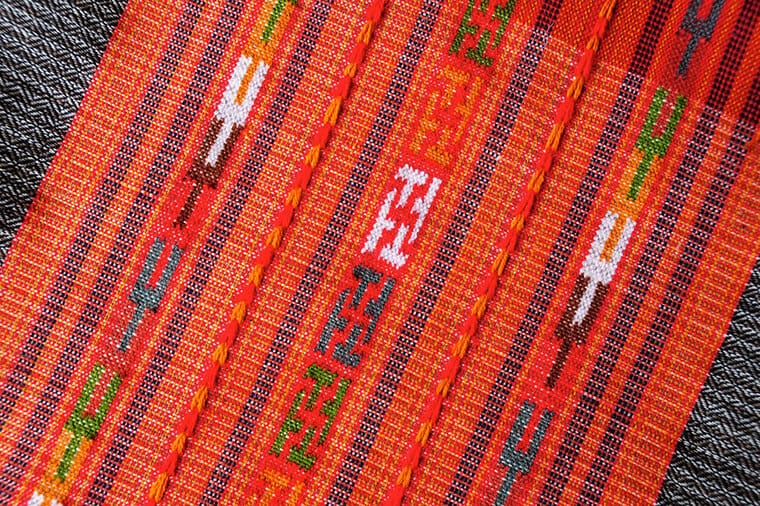
During our time in Kullu, we were continually fascinated by the dedication and adaptability of these women. The exceptional quality and artistic expression found in the winter shawls of Kullu are a testament to their remarkable skills and the important role they play in preserving this vital aspect of North Indian culture.
The Timeless Significance of Shawls in Indian Culture
In conclusion, shawls hold a significant place in Indian culture and pride, encompassing various aspects of society and tradition. From their role in traditional-to-modern attire, Indian weddings, and gift-giving, shawls represent the rich Indian cultural heritage and unique artistic craftsmanship. With their ability to adapt to modern fashion trends while maintaining their cultural essence, shawls have become an enduring symbol of India’s distinct identity. Ultimately, the significance of shawls in India transcends mere aesthetics and serves as a tangible representation of the nation’s vibrant history, values, and traditions.

